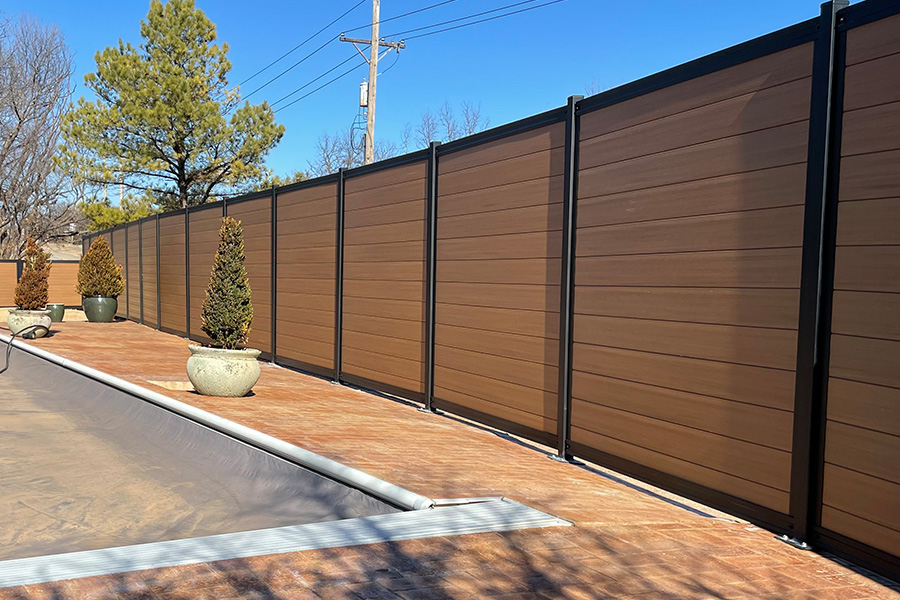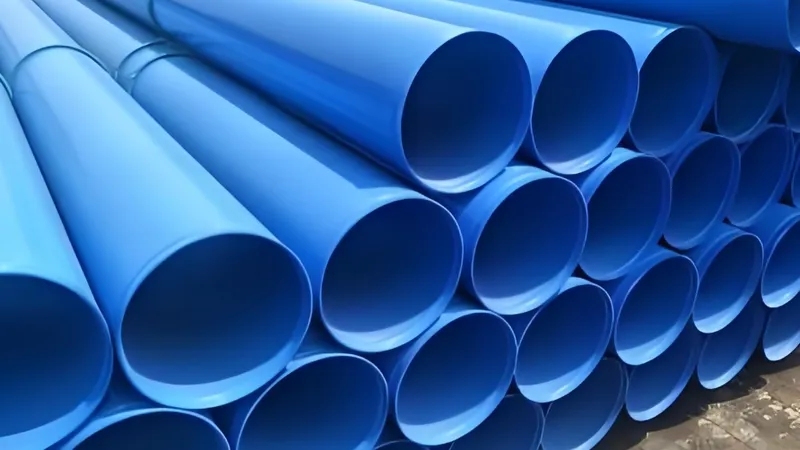Polyvinyl Chloride (PVC) is one of the world’s most versatile and widely produced plastics, used in everything from construction materials to medical devices. But whether for rigid or flexible PVC, choosing the right pigment is critical—not just for color but also for performance, longevity, and compliance. In this guide, we explore the essentials of selecting PVC pigments and provide practical tips to help you make an informed choice.
Understanding Flexible vs. Rigid PVC
PVC comes in two main forms: rigid PVC, known for its structural strength and flame resistance, and flexible PVC, which includes plasticizers for softness and flexibility.
Rigid PVC shines in applications like window frames, piping, and electrical enclosures thanks to high stiffness, UV resistance, and longevity. Meanwhile, flexible PVC—used in hoses, flooring, and synthetic leather—benefits from added plasticizers, making it pliable and cost-effective.

What Makes PVC Pigments Special?
PVC pigments must withstand thermal, chemical, and photodegradation challenges. Fineland Chem’s PVC pigment powders deliver on these criteria: heat stability up to 200 °C, exceptional UV color retention (ΔE ≤ 0.8 after 3,000 hours per ASTM G154), outstanding weatherability, and strong resistance to plasticizer migration. These formulations also feature fine particle size (99% under 5 µm), ensuring uniform dispersion and smooth, streak-free finishes.
Choosing Pigments for Rigid vs. Flexible PVC
Rigid PVC requires pigments that maintain opacity, UV durability, and compatibility with stabilizer systems—especially when used in construction and outdoor applicationsw. Flexible PVC applications, like flooring or film, demand pigments resistant to plasticizer migration to maintain appearance and performance over time.
Coloring in High-Stress PVC Applications
In scenarios like medical tubing, IV components, and food packaging, pigments must meet stringent safety and regulatory standards. Food-contact applications, for instance, demand low migration and non-toxic pigments.
Further, many outdoor or automotive PVC uses require pigments that resist UV-induced fading and chemical breakdown. Fineland Chem’s pigments feature colorfastness and chemical compatibility designed for these environments.

Pigment Handling & Dispersion
Effective dispersion is vital for consistent color quality in PVC. Fineland Chem pigments are engineered with compact particle sizes and dispersant compatibility to minimize streaking and clumping during processing—key for window profiles or cable sheathing.
For sustained performance, robust dispersion in high-shear mixing is essential, especially in rigid PVC profiles exposed to prolonged weathering.
Sustainability & Regulatory Compliance
Leading pigment manufacturers continuously innovate for eco-friendly alternatives. For example, FP-Opacity Pigments™ can replace up to 20% of traditional TiO₂ in rigid PVC formulations, offering improved weathering with cost-saving potential.
Regulatory requirements like REACH and RoHS also influence pigment selection, particularly in PVC items intended for consumer electronics or packaging. Many modern pigments comply with these frameworks and even match standards for food safety and toy safety.

Summary: Picking the Right PVC Pigment
-
For rigid PVC, prioritize UV- and heat-stable pigments with excellent dispersibility for outdoor and structural use.
-
For flexible PVC, choose pigments with low migration properties and plasticizer compatibility to ensure durability and safety.
-
In medical or food-contact formulations, ensure all pigments meet regulatory standards and maintain biocompatibility.
-
To balance cost and performance, consider innovations like partial TiO₂ replacements (e.g., FP-Opacity Pigments™) for enhanced durability.
-
Always focus on dispersion quality to ensure clean, uniform coloration, whether in extrusion, coating, or calendaring.





